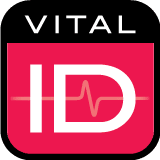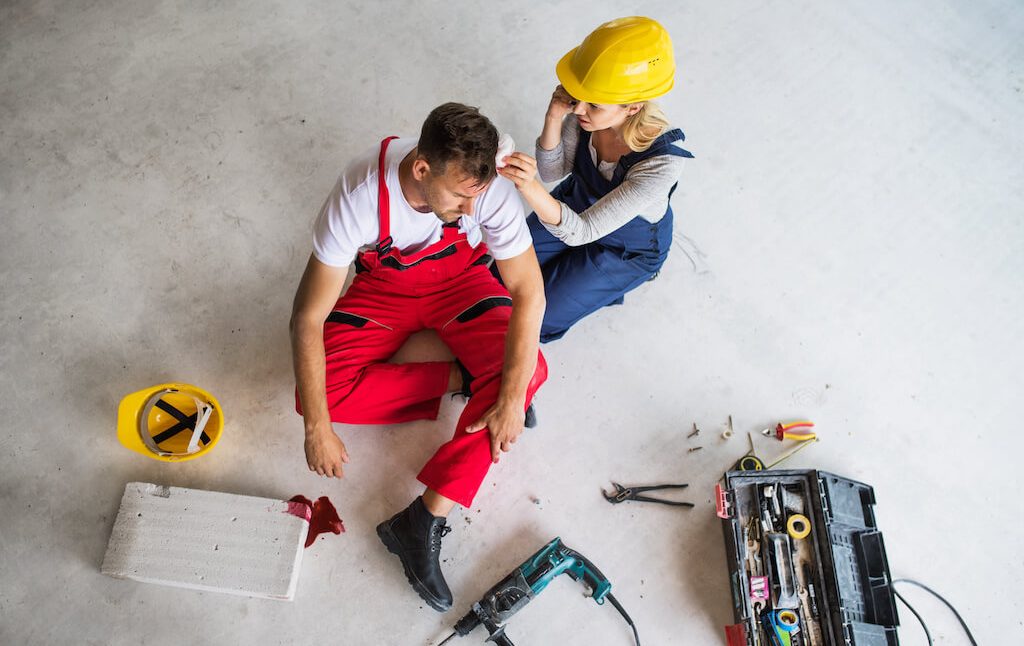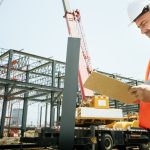Construction sites are fascinating places where skilled workers come together to build some truly impressive structures that change our landscape. Despite the many precautions that may be taken, however, construction sites can pose a certain danger, making proper safety protocols and preventative measures a vital concern. During an emergency, timely identification is crucial, making emergency IDs an important life-saving tool.
The Landscape of Construction Site Accidents
Heavy machinery, power tools, working at great heights or in confined spaces, and exposure to chemical and electrical hazards all come together to create many potential hazards on the average construction site. Unfortunately, the presence of so many dangers means that accidents and injuries are all too common.
When an accident does occur, timely intervention is vital and may be the deciding factor in a worker’s recovery, or even survival. Stories abound of lives saved because vital information was readily available to emergency responders. Without quick access to such information, many of these stories would have ended quite differently.
When an emergency arises, you want to be sure that no time is wasted in receiving the most appropriate treatment. Emergency ID for construction workers is just as vital as any other piece of safety equipment, even more so.
The Role of Emergency IDs in Construction Safety
Emergency IDs speak for an injured worker when they cannot speak for themselves. They serve several roles, including:
- Provides information during accidents. When an accident occurs, it often becomes a highly chaotic situation, but a rapid response is crucial. An emergency ID allows medical personnel and first responders to quickly identify the injured worker and provide the necessary care.
- Offers medical assistance. Emergency IDs contain important medical information and vital identification that first responders need when treating an injury. This can include allergies, blood type, medications, and existing or chronic medical conditions. This information helps medical personnel reduce the risk of errors during treatment.
- Facilitates contact with next of kin. When a particularly serious accident occurs, emergency IDs provide contact information, allowing medical personnel to contact the worker’s family or emergency contacts. This will allow them to be notified of the accident without undue delay.
- Encourages accountability and a safety culture. When all workers are required to maintain their emergency IDs, it helps to create a safety culture where each worker takes responsibility for their own well-being by keeping their information up to date and readily available.
Key Features of an Effective Emergency ID
For an emergency ID to be truly effective in the challenging situations that can be found in construction sites, they should possess several key features:
- Durability. Emergency IDs, particularly on construction sites, need to be able to endure rough handling, temperature extremes, and hazards that can be found on-site, such as several types of chemicals.
- Clearly visible and easy to access. Having valuable information available in an emergency is considerably less useful if it’s hard to find. Emergency ID should be in a highly visible location that is also easy to access. Wristbands, tags, and adhesive labels that can be worn at all times are excellent choices, particularly when immediately visible.
- Complete information. Any emergency ID should include comprehensive details about the worker, such as their full name, medical conditions, medications they are taking, allergies, and emergency contacts.
- Complementary to other safety gear and equipment. Emergency ID should never interfere with the ability of other gear to protect the user from harm.
VitalID offers a range of products that meet these demands to keep employees safe.
Legal Implications and Responsibilities of Employers
Construction companies have safety standards that they must adhere to, imposed at both the local and international levels. Should an employer neglect to follow these mandates, they open themselves to severe legal consequences that range from simple fines to costly lawsuits. They may also suffer damage to their reputation, which could prove more harmful than even the strictest fines.
Employers are responsible for providing training and tools that help ensure worker safety, as well as emergency response programs. Supplying emergency IDs demonstrates a commitment to worker protection which could save lives and reduce legal ramifications in the event of an accident.
Testimonials and Case Studies
Emergency IDs work to save lives, but don’t take our word for it; hear what our customers have to say.
How to Implement Emergency IDs in Your Construction Company
As an employer, you should take the following steps to implement emergency IDs effectively:
- Be proactive. Introduce emergency IDs as a standard part of your safety protocols.
- Conduct training. Help employees understand the importance of emergency IDs and provide training on how to use them effectively.
- Renew and update information regularly. Emergency contacts and other details should be reviewed and updated on a regular basis. Out-of-date information could potentially be worse than no information.
- Unsure of what products you need? Check out our handy buyer’s guide for more information.
Why Choose VitalID?
Construction sites are, by nature, places where dangerous accidents can occur, making emergency IDs an important part of employee safety as they allow proper medical care to be given in a timely manner. By providing first responders and other medical personnel with relevant information, Vital ID increases the likelihood of successful medical treatment.
For more information on construction site safety, please refer to OSHA’s guidelines.



